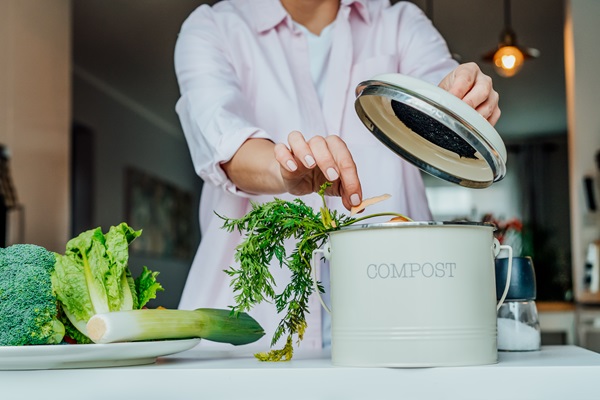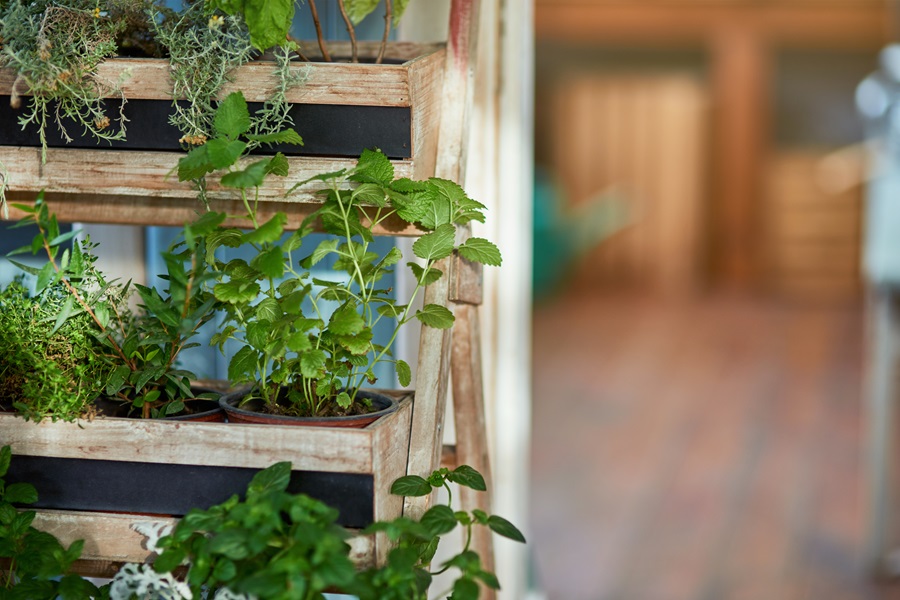Composting, a cornerstone of sustainable living, transforms kitchen scraps and yard waste into nutrient-rich soil. However, the journey from waste to wonder is not without pitfalls. Common composting mistakes can turn an eco-friendly endeavor into a frustrating chore. Understanding these errors is crucial for both novice and seasoned gardeners. This guide illuminates the most common composting blunders, providing insight and solutions. By steering clear of these missteps, composting becomes an efficient, rewarding process that contributes positively to the environment.
Contents
Not Balancing Greens and Browns

The delicate balance between ‘greens’ and ‘browns’ is the fulcrum of successful composting. Greens, rich in nitrogen, include kitchen scraps and fresh lawn clippings. Browns, on the other hand, are carbon-rich materials like dried leaves and cardboard. The ideal compost pile maintains a carbon-to-nitrogen ratio, preventing issues like foul odors or slow decomposition. However, many composters err by adding too much of one type, upsetting this balance. Excess greens lead to a slimy, smelly pile, while too many browns result in a dry, stagnant heap. The key is to add these materials in layers, monitoring the pile’s overall composition. Regular observation and adjustment ensure a healthy, thriving compost system.
Ignoring Moisture Levels

Moisture plays a pivotal role in the composting process. It’s essential for microbial activity, which breaks down organic matter. However, achieving and maintaining the perfect moisture level can be challenging. A common mistake is letting the compost become too wet or dry. Overly moist compost can lead to odor problems and a decrease in aeration, slowing down the decomposition process.
Conversely, a compost pile that is too dry hinders microbial activity, equally stalling the composting process. The ideal moisture level resembles a wrung-out sponge – moist but not dripping. Composters should regularly check moisture levels, adding water or dry materials as needed. This simple yet crucial step ensures a healthy, efficient composting process.
Inadequate Compost Size and Shape

The size and shape of a compost pile are often overlooked aspects with significant impact. A common mistake is creating a pile that’s either too big or too small. Large piles may retain too much moisture, becoming anaerobic and smelly. Small piles, however, might not generate enough heat, which is crucial for breaking down organic material and killing pathogens and weed seeds. The ideal compost pile size is typically between 3-5 feet in height and width. This size helps maintain the necessary internal heat and moisture levels without becoming unmanageable.
Additionally, the shape of the pile matters. A mound-shaped pile sheds rainwater effectively and maintains aeration, which is critical for composting. Regularly monitoring and adjusting the size and shape of the compost pile can significantly enhance its efficiency and effectiveness.
Neglecting to Turn the Compost

Turning the compost is a vital step often neglected. Aeration is crucial in composting, as it introduces oxygen needed for microbial activity. Without regular turning, compost piles can become compacted and anaerobic, leading to unpleasant odors and a slowdown in decomposition. A common mistake is either not turning the compost at all or not doing it frequently enough. The ideal frequency for turning a compost pile is about once every one to two weeks. This ensures adequate oxygen flow and evenly distributes moisture and heat throughout the pile.
Additionally, turning helps to mix the greens and browns, maintaining the crucial balance necessary for effective composting. Composters should use a pitchfork or a compost aerator for this task, making it easier and more efficient. Regular turning speeds up the composting process and produces a more uniform, high-quality compost.
Composting Inappropriate Materials

A crucial aspect of composting is knowing what should and shouldn’t be added to the pile. Many enthusiasts make the mistake of composting inappropriate materials, which can disrupt the composting process and even harm the environment. Items like meat, dairy, and oily foods should be avoided as they can attract pests and produce foul odors. Similarly, treated wood, glossy paper, and certain types of yard waste (like grass treated with pesticides) can introduce harmful chemicals into the compost. Educating oneself about appropriate compost materials is vital. Composters should focus on adding fruit and vegetable scraps, coffee grounds, eggshells, and yard waste like grass clippings and leaves. Sticking to these safe and effective materials ensures a healthy compost pile and a nutrient-rich final product.
Poor Location and Container Choice

The location and container used for composting are often underestimated factors that can significantly affect the outcome. A common mistake is placing the compost pile or bin in an unsuitable location, like areas with too much sun or shade, which can affect moisture and temperature levels. Similarly, choosing the wrong type of container can impede aeration and drainage, which is crucial for composting. The ideal location for a compost pile is a well-drained area with partial sun. This helps maintain the right temperature and moisture levels.
Composters have various options for containers, from open piles to enclosed bins and tumblers. Each type has its advantages, but all should provide adequate airflow and easy access for turning the compost. Selecting the right location and container based on individual needs and environmental conditions is key to successful composting.
Overlooking Pest Control and Odor Management

Effective composting requires attention to pest control and odor management, aspects often neglected. A poorly managed compost pile can attract rodents, insects, and other pests while emitting unpleasant odors. The key to avoiding these issues is in the composting practices. Composters should not add materials that attract pests, like meats or cooked foods. Covering fresh additions with browns like dried leaves or straw can deter pests. For odor control, maintaining the right balance of greens and browns and proper aeration is crucial. If odors persist, adding more browns can help absorb excess moisture and neutralize smells. Regular monitoring and maintenance of the compost pile can prevent pest infestations and control odors, making the composting experience more pleasant and effective.
Failing to Monitor Compost Progress

Another common mistake in composting is failing to monitor the progress of the compost pile. Without regular checks, composters might miss signs of imbalances or problems. A healthy compost pile should gradually decrease in volume as materials break down and maintain a consistent, earthy smell. If the pile is too wet, too dry, or has an ammonia-like odor, these are signs that something is amiss. Regular monitoring allows for timely adjustments, whether adding moisture, drying materials, or turning the pile to improve aeration. Keeping a close eye on the compost’s progress ensures a successful outcome and provides valuable learning experiences for future composting endeavors.
The Bottom Line
Composting, while seemingly straightforward, requires mindfulness to avoid common mistakes. Each aspect is vital in creating quality compost, from balancing materials to adapting to seasonal changes. Composters can enhance their practice by understanding and addressing these common errors, contributing to a healthier environment. This guide serves as a tool for avoiding pitfalls and a beacon for those striving for sustainable living. Composting is more than just waste management; it’s a symbol of environmental stewardship and a testament to individuals’ positive impact on our planet.


